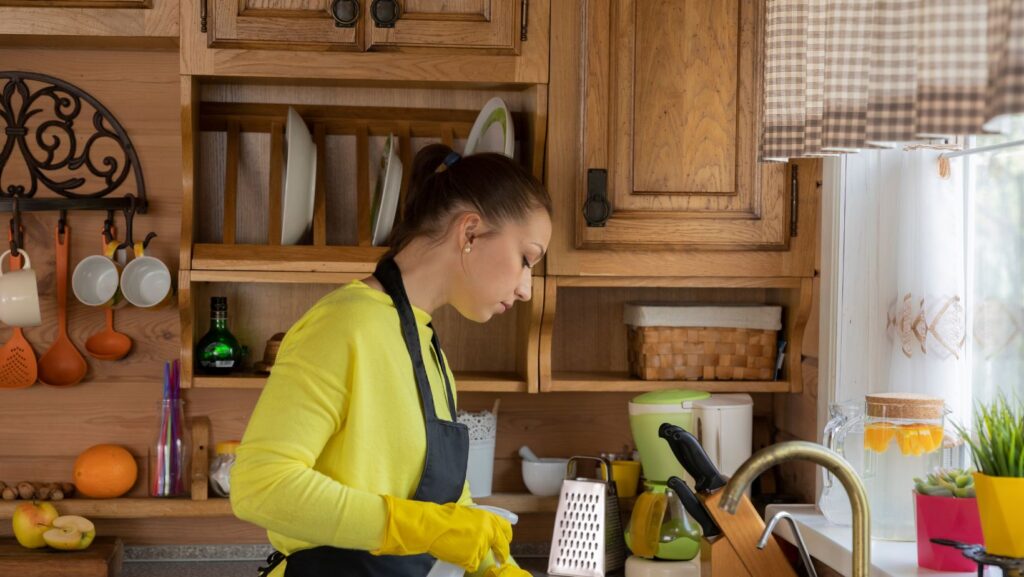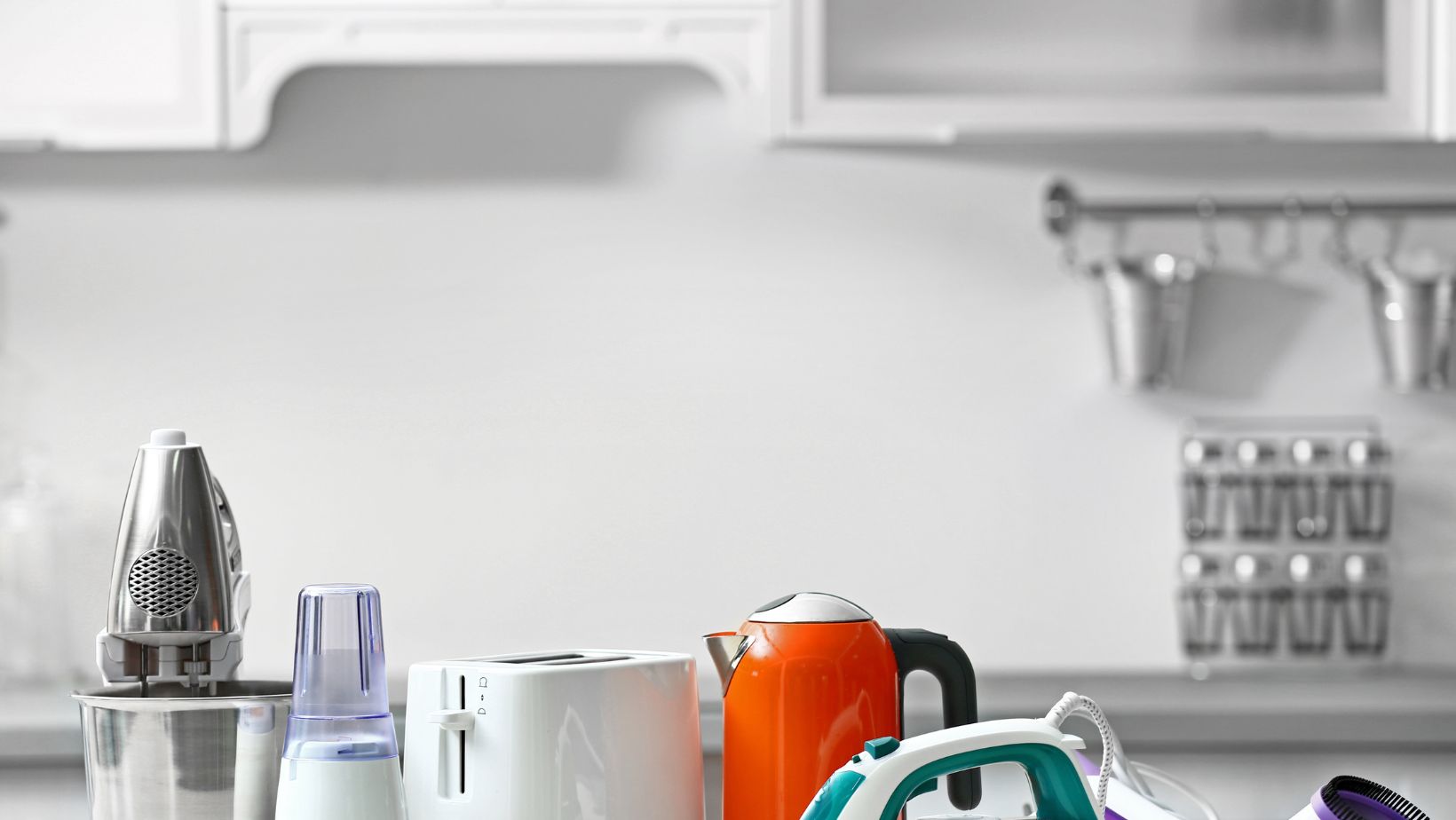If you are living in a shared household, you are using the same network, usually sharing devices. The more endpoints and users, the more likely a security hole, data breach, or collection of malware slip-ups. And to protect everyone’s digital privacy and security, it is essential to use tools and take steps to protect yourself. Further below, we look at some of the best ways to secure devices in a shared living space.
User Account Management
One of the building blocks to keeping the devices in a multi-user household locked down, setting up a separate user account for each person. Today’s operating systems will let you have many user profiles, settings, files, and permissions. This separation is important because it helps protect you from inadvertently accessing another user’s data unless you have explicitly been given access to it, and helps prevent you from changing system files without permission.
User account management applications can also provide parental controls or administrator restrictions, allowing heads of household to lay down ground rules and monitor access.
Antivirus and Anti-Malware Software
With multiple users in a shared house, you are bound to accidentally download a virus or go to dodgy websites. Strong antivirus and anti-malware protection serves as an essential bulwark, inspecting files and processes in real-time for threats, and removing them on sight.
All the time, here are a few of the features: automatic updates, scheduled scanning.If you want to take advantage of these features, then your software needs to be updated and scanned regularly so it can identify the most recent threats. Automatic updating is essential to ensure a well-protected computer.
Firewall Protection
A firewall is a gatekeeper for your devices that monitors the incoming and outgoing traffic to and from the internet and decides whether to block or allow it. Both software firewalls (which come with most modern operating systems) and hardware firewalls (built into most routers) offer crucial security features.
For shared households, enable and properly configure firewalls on all devices and network hardware. This minimizes the likelihood of unauthorized access from an external or internal source.
Password Management Tools
Strong, unique passwords used across all accounts are a foundation of home computer security. For families, or in a home with a lot of shared services and devices, the use of a password manager can make this process easier and more secure.
Password managers keep login credentials secured, create complex passwords, and even couples can share login information without sharing their plain-text passwords. This diminishes the temptation to use a weak or guessable password.
Network Security Tools
Keeping the home network safe is essential for shared living spaces. This can be as simple as making sure your Wi-Fi router is using encryption like WPA3 or WPA2, keeping router firmware updated, and avoiding using default administrative credentials to keep bad actors out of your network.
Network monitoring software can list any devices currently connected to a network and also find any intruders. Some routers also include guest networks that can separate guests from the main household network, for further shielding of sensitive devices.
Access Controls and Parental Settings
In homes with kids and those who aren’t as tech savvy, security tools are a useful extra layer of protection. These controls give the head of the household the ability to block access to specific websites, apps, or device features, and to set limits on use.
Parental control applications and some OS features make it very easy to limit the time spent using the screen, restrict access to prurient content track browsing history, thus providing the very invaluable tools for minors for the more safe use of the web.
Virtual Private Networks (VPNs)
With a VPN all internet traffic is encrypted so everyone in the house is protected at the same time. This is helpful when using public Wi-Fi or to ensure no one is tracking your browsing activity.
A VPN can also protect sensitive data such as passwords and financial information being passed between devices on an unsecured network. In home shares it allows the data of individual users to be hidden from snooping.
Backup and Recovery Solutions
Protecting those devices is not only about stopping attacks, it’s also about bouncing back quickly when something goes wrong. Various products for automatic backup systems can ensure that your valuable data will be safe from viruses, human error, or malfunction of your hardware.
You can set up cloud backups or simply use a local external drive to run regular saves of key files and system images, ensuring that in an emergency, the entire family can easily recover their data.
Conclusion
A strong home computer security game with all these roommates requires a combination of thoughtfully chosen tools and good practices. Once you have individual user accounts, use of antivirus and firewall, careful password management, securing the network, and even using access controls and VPNs, it is possible to safely establish a digital space for all occupants.
By taking these measures, you can ensure that sensitive data and devices remain safe and also promote proper online behavior for everyone living in your household. With the handling, co-living spaces should not have to sacrifice connectivity and security.



More Stories
Highest SaaS Consultants for Business Growth and Digital Transformation
How to Wrap a Gift Like a Pro
Using Arthritis Tools to Make Life Easier